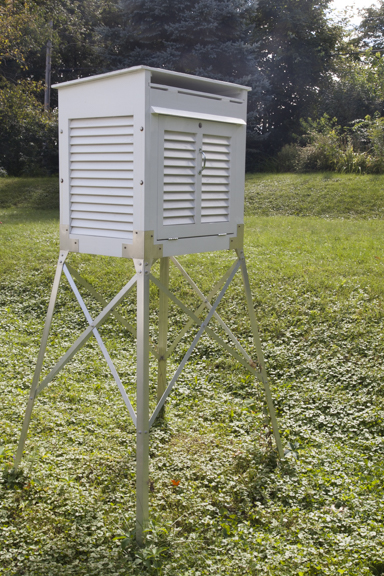One Day Later
/We continue to follow the progression of the weather pattern across the United States today.
Note: Learn to read weather maps by learning weather symbol codes and station model plotting schemes here: https://www.weatherbriefing.com/observing-forms
Chilly air associated with surface high pressure covers the eastern U.S., a cold front is moving eastward onto the High Plains, as high pressure builds into the western U.S.
The high pressure center that was centered over Michigan yesterday has moved to NY and PA as of Noon today. The cold front that was crossing the Rockies yesterday has moved eastward to the Dakotas the Nebraska Panhandle and southwest through Colorado to southern Utah.
A few map features to note:
Using the station model plots found on the surface map it is easy to the cloud cover associated with the lift underway in the storm system over the Plains. Colder air behind the front is also producing cloud cover over parts of the Rockies and Great Basin to the west. Minneapolis was reporting light rain at the observation time. A strong southerly flow is underway from Texas to the Canadian Border in the Upper Midwest.
Surface Map, Noon, CDT, Sunday, October 1, 2017; Plotted using Digital Atmosphere, www.weathergraphics.com
The upper air map below shows the air flow over North America today. There is a broad southwesterly flow aloft from the Rockies to the Upper Midwest and western Great Lakes before it turns out of the northwest as it comes around high pressure aloft the ridges from west of Hudson Bay to the Great Lakes south to the Gulf of Mexico. A northwest flow has developed over the Pacific Northwest.
500 Millibar Map, 7:00 a.m., CDT, Sunday, October 1, 2017; Plotted using Digital Atmosphere, www.weathergraphics.com



























